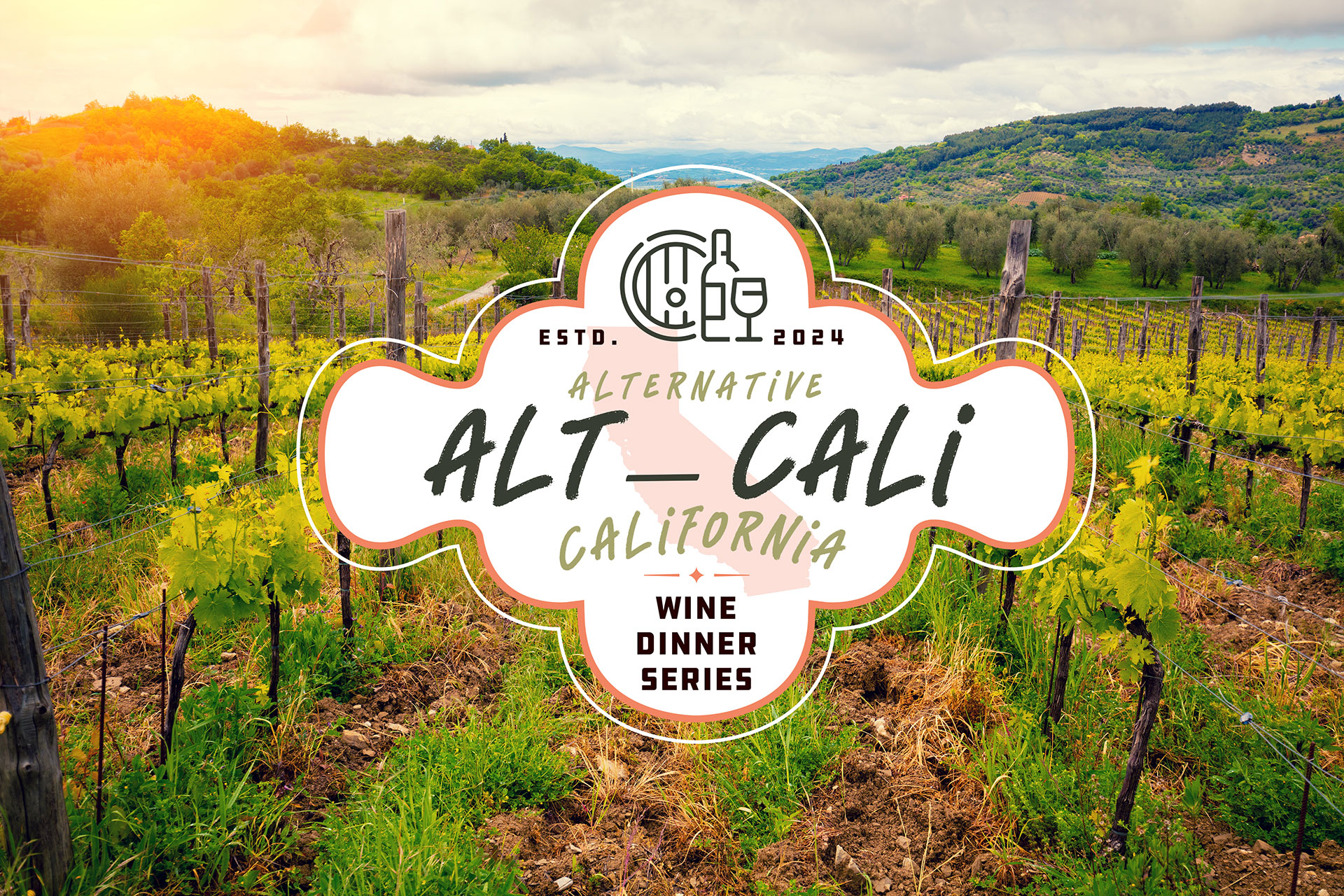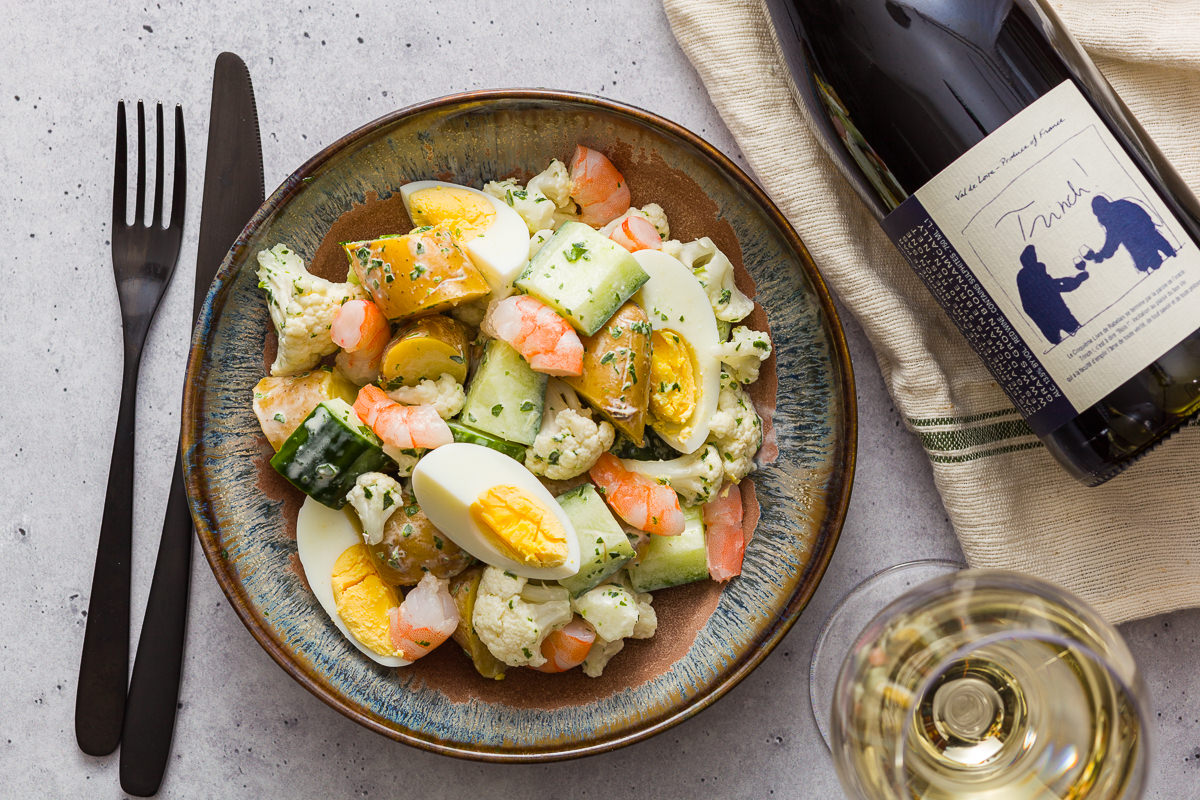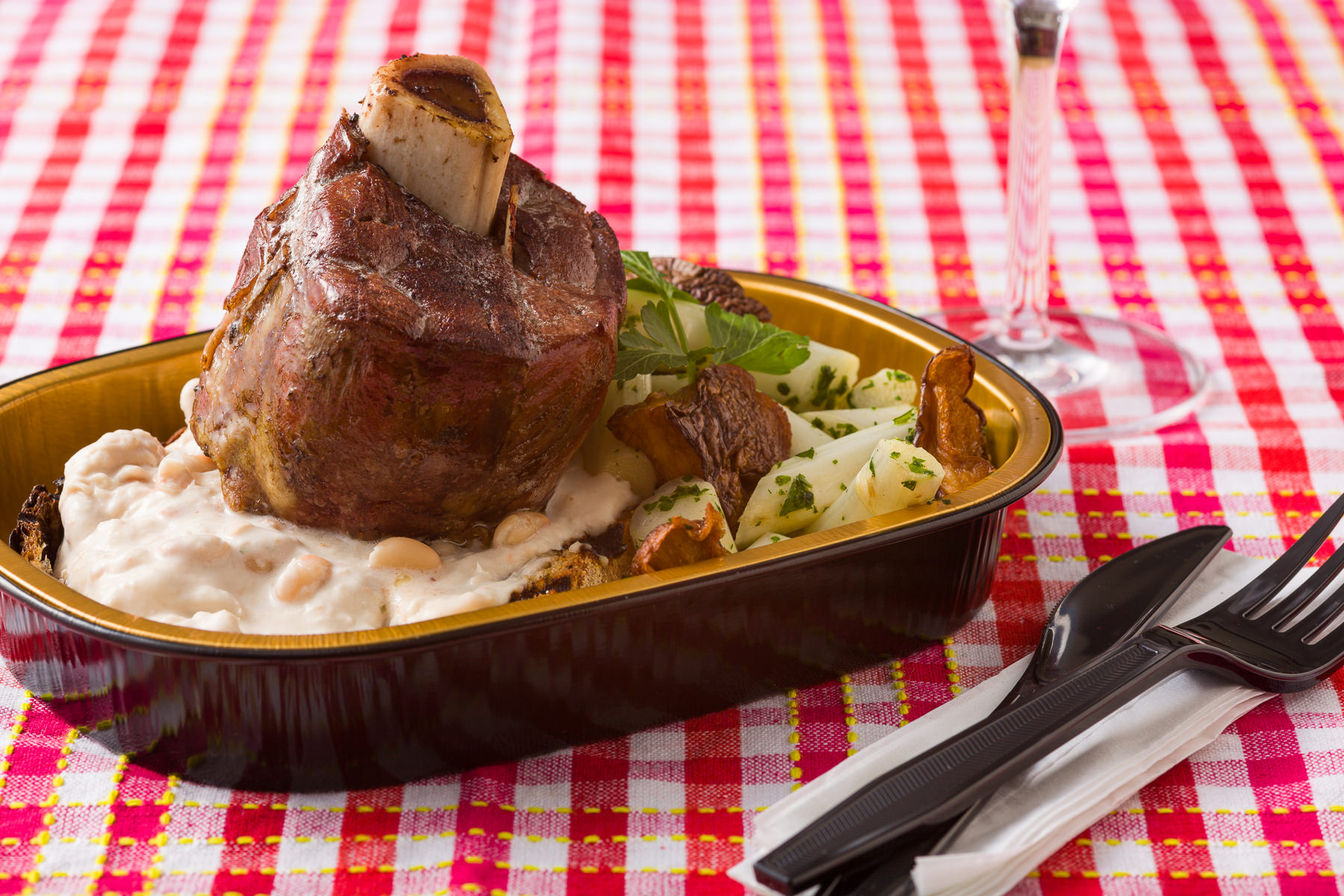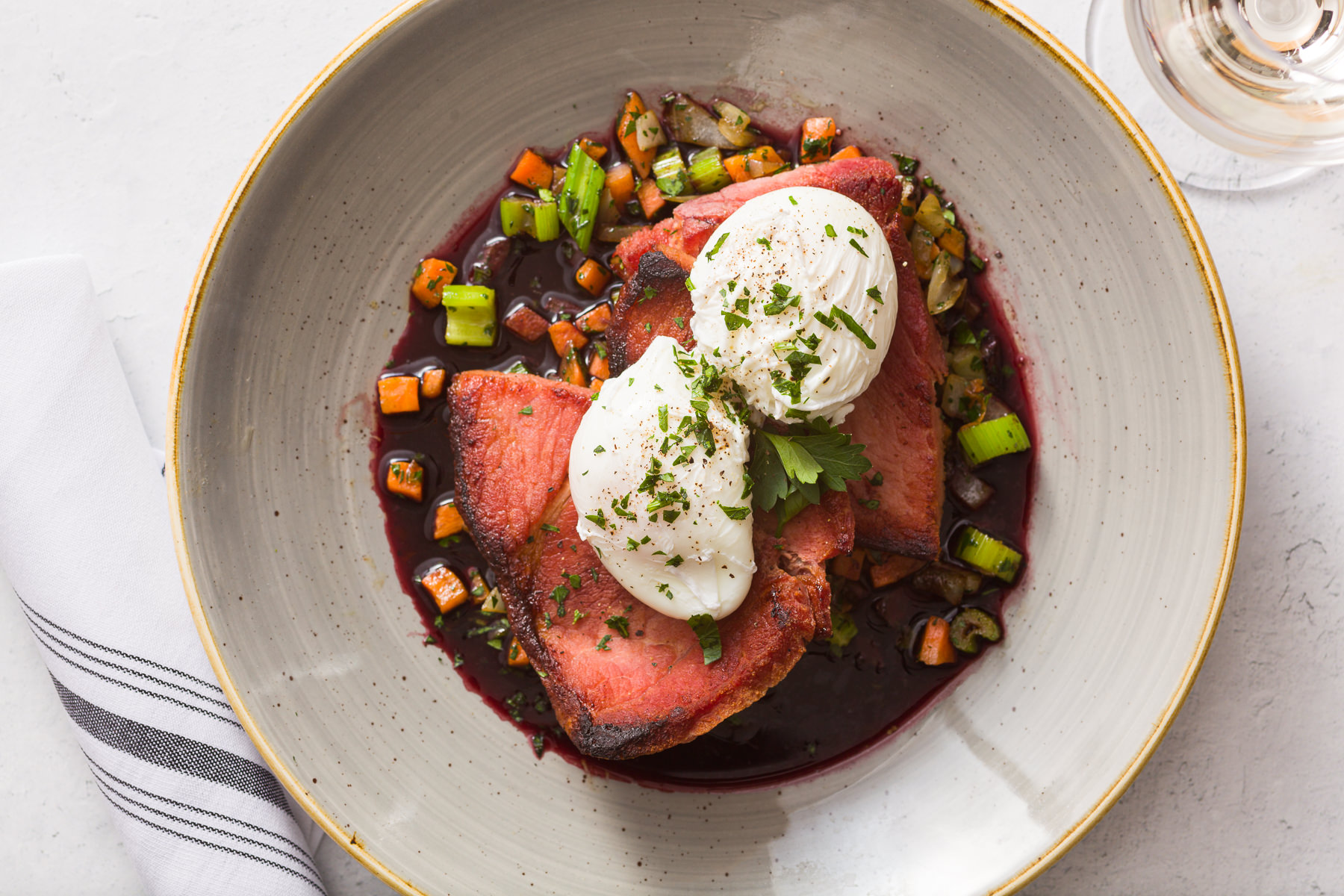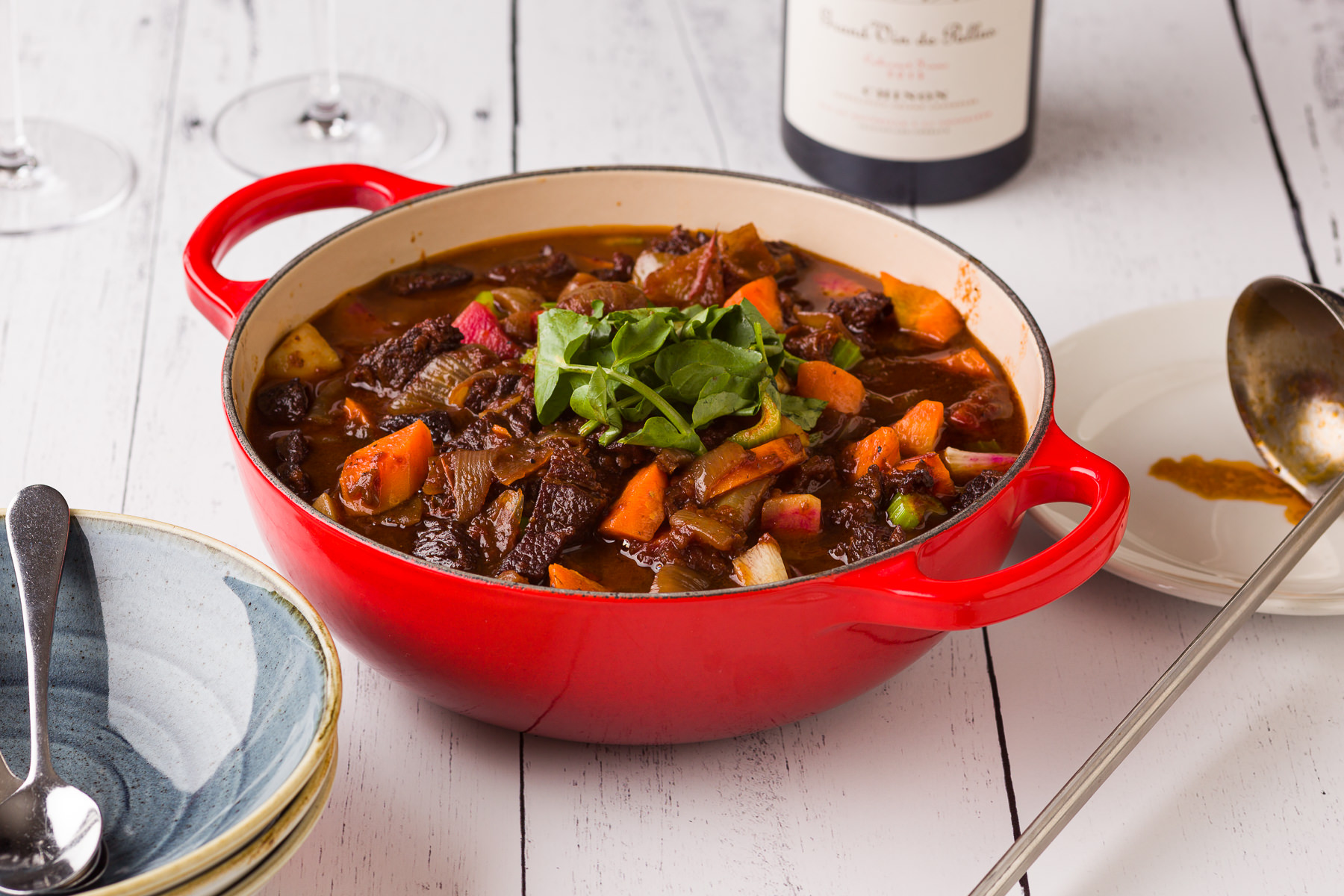
The great French historian, Fernand Braudel once called France “the isthmus of Europe”. If this is the case then to draw a comparison to our fair city of Madison and its similar geography, Pays de Toulousain is its own isthmus connecting Atlantic France to the Mediterranean, whose borders are not lakes but mountains and ocean.
Resting at a bend in the Garonne River Valley, which runs northwest through Gascony to the Atlantic Coast and south to the foothills of the Pyrenees and the Iberian Peninsula, the city of Toulouse is located at the midpoint on an ancient road from Bordeaux running southeast through Toulouse and the Midi-Pyrénées region, which skirts the French highlands of Massif Central for less than 100 miles to the Mediterranean Sea.
Along this leg of the ancient route is a corridor connecting Upper-to-Lower Languedoc, sometimes referred to as Cassoulet Country: Here is Castelnaudary, and not much further on, Carcassonne; with Toulouse, all three cities claim ownership of Cassoulet, one of France’s greatest dishes. Although this bean and meat stew is the heart of our menu this week, it must be argued that Toulouse is the femoral artery that has helped supply the lifeblood of the dish and let it transfuse from pays to pays across France and the world, all the way back to Madison.
Let us begin with a dissection of Cassoulet Country itself and its lore.
Cassoulet
Cassoulet Country rests along a corridor known as the Lauragais which begins at the fortified-city of Carcassonne. Here, the influence of the Mediterranean and seafood wanes and charcuterie begins to reign, ending triumphantly in Toulouse, famous for its sausages.
In the middle of Lauragais is Castelnaudary, a historic Roman staging area considered the birthplace of Cassoulet. It was through here that traders from the Mediterranean and Iberian Peninsula likely brought the slanted-rim earthenware casserole dishes which give Cassoulet its name.
The origins of the recipe itself is not definitive but multiple sources believe it is based on an earlier meat and bean stew brought to Spain from North Africa by the Islamic Moors. Since Cassoulet shares etymology with Spanish (cazoleta) this seems to be true, and it is supported by the fact that multiple recipes include mutton (a halal meat) as well as beans sourced from Spanish colonies.
The beans originally used in the proto-Cassoulet were likely from the Old World such as Fava or Hyacinth, but the versions we know best use Haricots, which descend from a single genetic line collected in the New World, specifically Peru, then brought back to Spain. Although some early recipes use Lima Beans, the pinnacle Cassoulet bean is a Haricot Blanc grown in Tarbes. These were brought back from Spain by a bishop who likely traveled there on a pilgrimage. In fact, part of the Camino de Compostela passes through Toulouse.
Haricot Tarbais are a very special bean that deserves an aside: These are a runner-bean traditionally grown between two stalks of corn. Using the strong stalks for protection from the wind and support to reach the light, the beans also help fix the soil of the corn, a truly symbiotic relationship. Planting and harvesting this duo culture is extremely labor intensive though and must be done by hand. With the rise of industrial agriculture in France during the 1950s, these beans nearly went extinct but were revived by a small council of farmers in Tarbes during the 1980s. By 2000, Tarbais beans were granted a Label Rouge and IGP (Indication of Protected Geographical Origin) recognized for their quality and unique terroir. Although rare and expensive (over $12 per pound!), Tarbais beans transform Cassoulet to haute-cuisine status by providing an inimitable creamy mouthfeel.
Corn Bisque
For this meal, we also wished to honor the importance of corn to the Haricot and Cassoulet by making a corn bisque. One of our favorite recipes from Chef Evan Dannells, the base of this soup comes from a vegetarian stock made from corn cobs. Like the Tarbais beans, corn stock provides a unique mouthfeel to this soup which benefits from additional roasted corn, alliums, mirepoix, and white wine. We’ve garnished it with a corn relish and chive-infused oil.
Foie Gras Butter & Duck Confit
Corn is also important to Toulouse and its poultry industry. Often used as a feed for geese and duck used in Cassoulet. Toulouse is especially known for its ducks, which are fed a diet rich in corn when producing foie gras. Duck fat and legs from these birds are also reserved for making duck confit used in the stew.
Returning to the topic of meat in Cassoulet. The choice of charcuterie is the primary difference between regional Cassoulets. The three main cities previously mentioned are Carcassonne, Castelnaudry, and Toulouse. Each is known for its unique recipes. Castelnaudry’s version is considered the oldest and most rustic, using only pork, preserved goose or duck confit, and sometimes a sliced garlic sausage. Toulouse uses the same ingredients but includes mutton and its namesake fresh pork sausage. Lastly, Carcassonne uses mutton only and goose, sometimes substituting a seasonal game bird—like partridge.
Although there is sometimes mention of a fourth or fifth variation in Cassoulet Country, the oldest three form what is known as the Trinity with Castelnaudry being the Father, Carcassonne the son, and Toulouse the Holy Spirit. This distinction was coined by the great French chef, Prosper Montagné (1865-1948) himself a native of Carcassonne, who despite his regional pride refused to diminish the significance of the other two. Various French food writers like Curnonsky have respected this distinction. Thousands of variations of Cassoulet now exist across the Pays de France, and the recipe has traveled across the world.
For this meal, Cadre is using the historic Cassoulet de Castelnaudary as its base. Notably, we are substituting bacon lardon for pork jowl and using smoked meats. The latter is considered taboo in Cassoulet recipes, however, we find that uncured salt pork becomes slimy in stews, while smoked meats, lower in water content, have a more agreeable texture and flavor for American and Wisconsin palates. We would say forgive us for this adaptation, but more strenuously we would argue that the spirit of French cooking is adaptation and respect for ingredients.
As we continue to study France we are learning that simple recipe formats such as the Coq au Vin, Matelote, and Potage naturally travel across the country and become regionally adapted. It cannot be discounted through the significance of Toulouse.
Also known as La Ville Rose (the pink city) for its rouge-colored terracotta bricks and Romanesque architecture, Toulouse was the historic capital of Languedoc and the Occitan cultural region which extends from Northern Spain to Northern Italy. Today it is one of France’s largest metropolitan areas and the center of the country’s aerospace industry, likely thanks to its university, one of the oldest in Continental Europe. A center for education, travel, trade, and industry for millennia, Toulouse should be recognized as a culinary crossroads for all of France and Europe.
Although Toulouse is best known for its charcuterie. Several other ingredients deserved special mention:
Anise, Pumpkin, & the Golden Beet Salad
Currently, Wisconsin is in its fifth season, somewhere between winter and the beginning of the growing season. Right now is a terrible time to rely on local agriculture, the cellars are being cleared of stored vegetables and nothing new will be available except microgreens for the next month. Therefore we made this hybrid salad inspired by the unique brioche of Toulouse which uses aniseed in their recipe, embodied here as a vinaigrette, to which we’ve added pumpkin oil and toasted pumpkin seeds, in homage to the wonderful pumpkins and squash grown in Southwest France.
Verrine de Violette
Apart from its meat, La Ville Rose is perhaps best known for its violet flowers which are made into all manner of syrups and confections. Here we have made a layered dessert with brown butter mousse, Meyer lemon, whipped violet mousse, and violet meringue.


